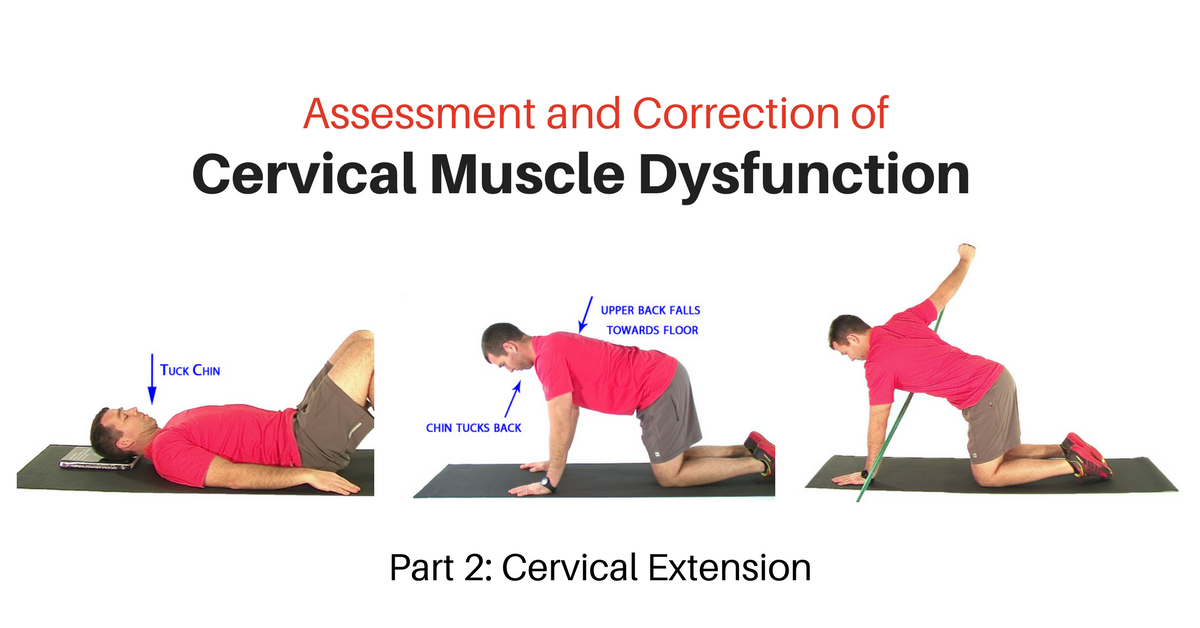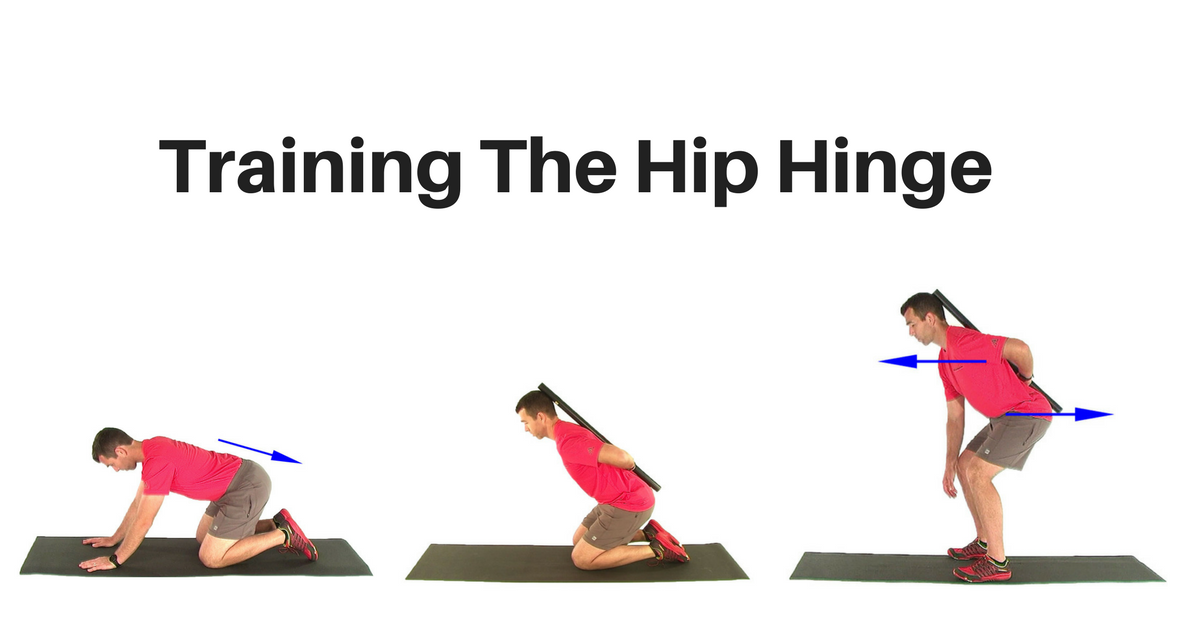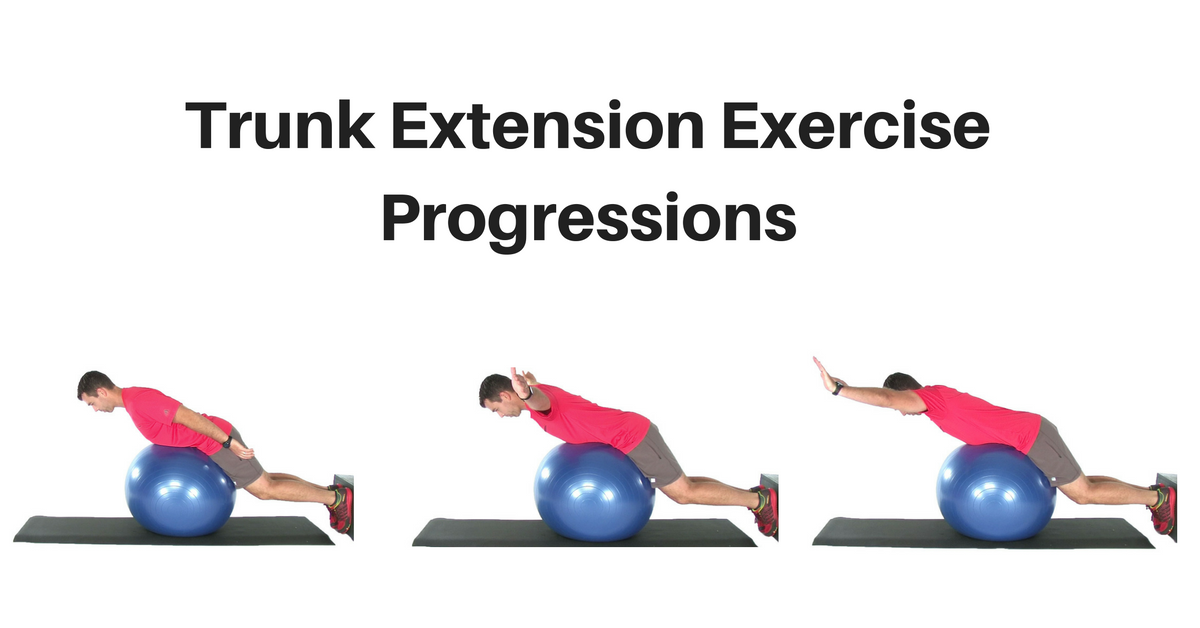
by Dr. Jason Gray | Mar 9, 2017 | Corrective Exercise Tract, Neck Exercises
Muscle imbalances are a common cause of neck pain and dysfunction. As such, clinicians must be able to assess and correct these imbalances. That’s the topic of the this three part article series. My objective is to discuss assessment and corrective...

by Dr. Jason Gray | Feb 4, 2017 | Corrective Exercise Tract, Exercise Progressions, Lower Back, Trunk Exercises
Excessive lumbar flexion is widely recognized as a common mechanism of lower back injury. As such, minimizing spine flexion in an attempt to reduce tissue stress is a primary objective in the treatment of many back pain patients. And this needs to be done as early as...

by Dr. Jason Gray | Nov 10, 2016 | Corrective Exercise Tract, Trunk Exercises
It is well established that repetitive and sustained flexed postures will damage the spine. Given the preponderance of sitting (trunk flexion) and forward bending (even more trunk flexion) it is critical that we develop the capacity to control these flexed postures....

by Dr. Jason Gray | Nov 3, 2016 | Corrective Exercise Tract, Trunk Exercises
The Dead Bug is one of my absolute favorite go-to exercises to improve low back stability. Not only is it effective, but it is also completely scaleable. In other words, it can be made extremely simple for those patients who are severely deconditioned. But can also...

by Dr. Jason Gray | Oct 19, 2016 | Corrective Exercise Tract, mobility sequence, Shoulder Exercises
Tight pec muscles will cause a protracted scapular position, upper thoracic dysfunction, and makes normal shoulder mechanics impossible. That’s why pec mobility is a basic requirement for safe and effective movement. And with the preponderance of sitting...

by Dr. Jason Gray | Sep 22, 2016 | Corrective Exercise Tract, Mobility
Improving mobility is what we as chiropractors and manual therapists do all all day. While we address tight and restricted muscles with manual therapy techniques, exercises for improving mobility are also an essential component of care. This concept makes...







